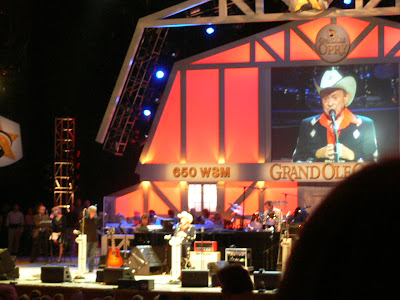Carnton Plantation was built in 1826 by former Nashville Mayor
McGavock. It was visited by Presidents James K. Polk and
Andrew Jackson. During the Battle of Franklin, it was used as
a Confederate hospital. Living at Carnton Plantation was Randal's son
John and his wife Carrie. On the morning of Dec. 1, 4 Confederate
generals killed during the battle lay on the back porch. The
floors of the home are still stained with the blood of the men
who were treated there. In 1866, the McGavocks designated
2 acres as final burial place for nearly 1500 Confederate
soldiers who died in the battle of Franklin. Carrie began
to wear black and became known as "The Widow of the South"
Her story was told in
The Widow of the South, a 2005 New York
Times bestseller by Robert Hicks (whom we got to see while
on tour).

Carnton Plantation.

One of the rooms used for surgery. The floor by the
window on the left, is stained with the blood of the wounded
Confederate soldiers.

The amputated limbs from the soldiers were piled up
to the top of this building.

Over 1500 Confederate soldiers killed during the Battle
of Franklin were reinterned to this cemetery which is now
the nation's largest private military cemetery. The owner
of the land where they were previously buried, was going to
plow the land covering the graves. John and Carrie got permission
to move them to this grave site. Imagine having to dig up and move
over 1500.








































